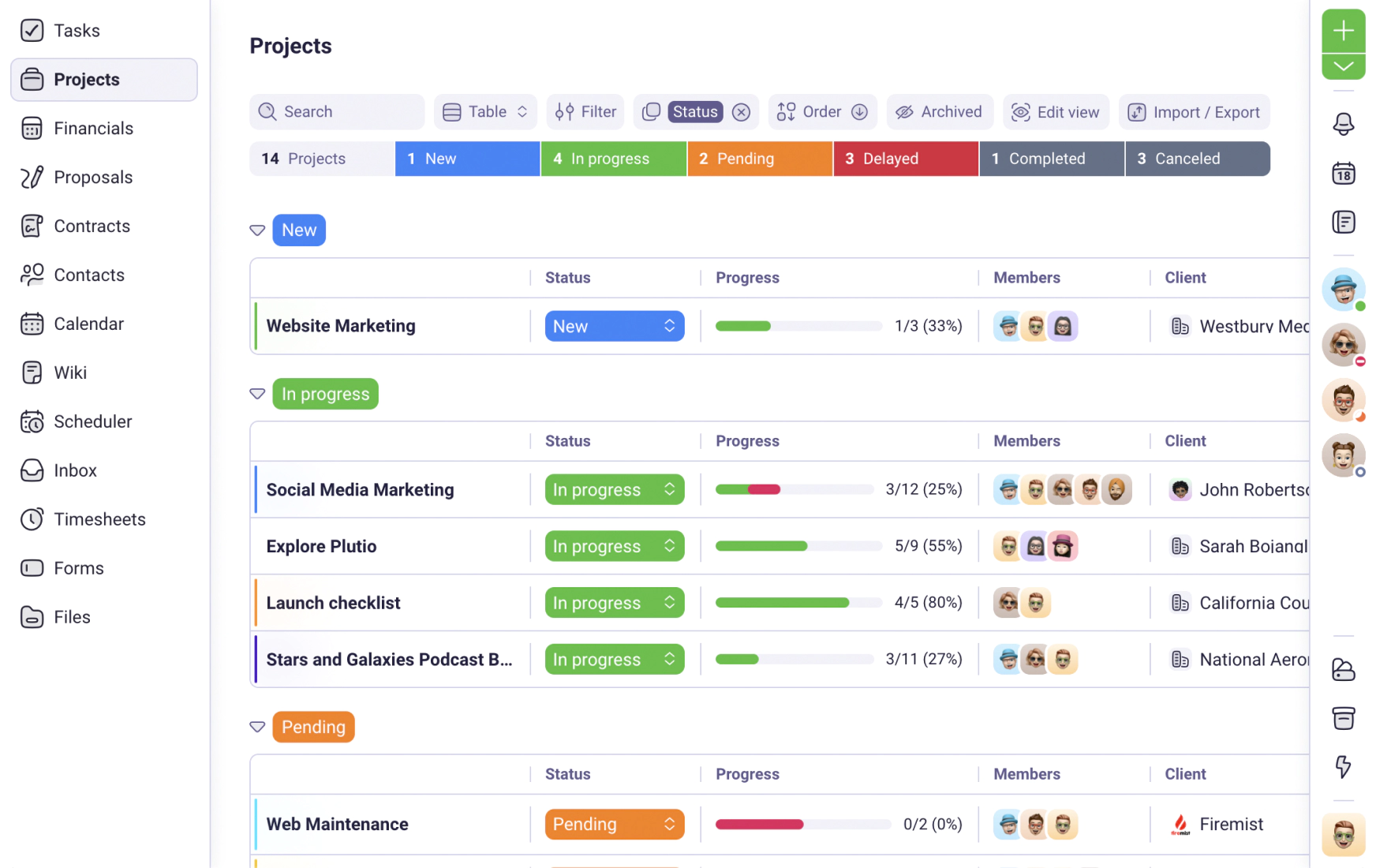We use cookies to personalise and enhance your experience.
Designers make up the majority of IT freelance-related careers, with UI/UX designers accounting for around half of these. The reason so many designers decide to go freelance is down to the fact they can set their own hours, enjoy working for a variety of clients, and enjoy a good salary.
The growth of the internet and of startups has fuelled the growth of the UX design industry, with demand for designers higher than ever. The fact that it’s easier than ever to communicate remotely with clients all over the globe, such as via video conferencing, has also made freelancing a more attractive option.
While freelancing comes with many benefits there are some potential downsides. For example, a lack of guaranteed income, and the possibility of burnout. Freelance UX designers have to wear many different hats - from research and analysis to strategy, prototyping, and interactive design.
Whether you’re new to UX designer freelancing or an established brand in need of some inspiration, check out these following tips.
1 Take Marketing Seriously
As a freelancer in a crowded market, you need to market yourself effectively. To stand out, and convert more prospects, specialize in a few niche areas rather than promoting yourself as a ‘general’ UX designer. For example, you could focus on serving clients in certain industries from eCommerce and healthcare to cloud PBX services.
When you’re pitching your business make sure you provide potential clients with past work that resonates with their niche. This brings us to our next point.
It’s almost impossible to make it as a freelance UX designer without an outstanding online portfolio. Make sure your portfolio engages with your potential clients and represents your brand in the way you want it to. Include your most impressive work samples and include your brand logo wherever you can. This UX designer’s portfolio captures the attention for her bold designs:
Social media is one of the best places to advertise your services as a freelancer, so make sure you have a presence on Facebook, Instagram, YouTube, and LinkedIn. Don’t underestimate the power of video when it comes to promoting your brand. According to Optinmonster, video marketers gain a huge 54% increase in brand awareness.
2 Network
The world of UX design is changing every day, so it’s essential to keep up to date with the latest trends and software. There are thousands of talented professionals you can learn from in the online community. For example, you could follow influencers on Twitter, and interesting UX/UI subreddits offer opportunities to network.
Comment on interesting posts and engage with other creatives. In this way, you’ll start to build a positive reputation. Write articles on your areas of specialism - e.g., eCommerce - and post them on your website or on social media. Share what you’re learning with others. People who have similar challenges will start to connect with you.
They may not want to hire you right away but may keep you in mind for the future. Building content also marks you out as an expert in a field rather than just a generic designer.
3 Start Small
When you’re just starting out you may even have to take on a voluntary job. This isn’t necessarily a bad thing - you certainly can’t expect to make a ton of money in your first month of freelancing. It will, however, help you perfect your niche - and if you provide outstanding service for your client they will recommend you to others.
Working on smaller jobs at the beginning of your freelance career will set you on the path to bigger, more prestigious jobs in the long run. If you’re a newbie, it may in any case be too overwhelming to take on jobs that are overly complex or challenging. Something that could even negatively impact your career by impacting your confidence or reputation.
When you’re starting out you won’t be getting significant inbound web traffic to your site or portfolio. This is why sites like Upwork, PeoplePerHour, and Freelancer can be useful. While it can be a grind searching and applying for jobs on a freelance board, you can build a client base that can then offer you ongoing projects - and referrals.
4 Exceed Your Clients’ Expectations
You can’t overstate the power of word of mouth. Getting work via referral is faster and cheaper than trying to find new clients. This highlights the importance of going above and beyond when it comes to meeting your clients’ expectations. Little things like incorporating phone forwarding services can help make clients feel prioritized when you’re unable to take their calls.
One of the major obstacles you need to overcome when making it as a freelance UX designer is selling ‘what’ you do. Half your time will be spent explaining how you add value. Many people don’t understand the term ‘UX’ for starters. You need to tell clients that what you do is like product design and business analysis: You look at a service or product and try to improve it.
Conduct and explain your research clearly. For example, if you have had to analyze data - e.g., cart abandonment rates - or undertake user testing. Tell them what the problems are and how you plan to improve things. This helps clients understand your rationale and they feel educated about the process.
And don’t be shy when it comes to asking for referrals. Ask each satisfied client if they know of three people who could benefit from your services, and ask them to introduce you to them.
5 Keep Learning
If you’ve learnt ‘on the ground’ at an agency, you could consolidate your knowledge with a part time online or offline course. The tutor will probably be a UX design expert in, for instance, ecommerce site designs, and be able to give you useful skills or experiences you can’t get elsewhere.
Master at least one prototyping tool like Figma. This free tool also enables you to collaborate with a team and share projects via mobile or computer.
To stay at the top of your game it’s essential that you’re continually learning. Whether that’s by listening to industry podcasts, reading blogs, or reading books. Take online courses at sites like Lynda.com which offers lots for UX design. You can access these courses on your mobile or laptop so it’s a fast and convenient way to keep up to date with the latest UX design developments.
6 Learn to Spot Difficult Clients
In an ideal world you’ll pre-screen clients before working for them, but this isn’t always possible. You may start to get a feeling, though, that a client is going to be difficult by the way they communicate and their behaviors. Signs there could be a problem are:
- They don’t reply promptly to emails
- You always get put through to their auto attendant - they never pick up the phone personally
- Their comments and answers are vague
- Their requirements are shifting from what was originally decided
- You’re starting to lack confidence they have the budget
If potential clients are behaving in any of these ways, it’s probably a good idea to steer clear
The best way to decline projects is to say “I’d love to help you, but this isn’t my area of specialty so I don’t think I’m the best person for the job”. It always pays to be polite - otherwise, you could dent your reputation.
7 Set Clear Expectations Upfront
Before you start working with a client, make sure you set watertight milestones and payment terms. Define the boundaries in your working conditions. If you haven’t worked with a client before, avoid fixed fee projects - instead work on an hourly basis. Ask for a deposit upfront.
Make sure you’re clear about how you need your requirements handed off. Use project management software so both parties can stay on the same page and track progress.
If, later on, clients start asking for revisions that weren’t originally agreed, refer to your agreement and say you’ll add those extra hours into the total. If a client messages you asking you to complete something outside of the agreement you should hear alarm bells ring.
For example, if a client asks for help with using a digital flipbook creator don’t be tempted to do it ‘just this one time’. You need to set a precedent. Reply politely yet firmly that it’s off-limits.
To sum up, as a freelancer you’ll need to find work, manage client expectations, stay relevant and market yourself. These are tough but not insurmountable challenges so long as you put in the hard work and focus on the long term.
Working for yourself isn’t easy, and freelance success won’t happen overnight. But with time, hard work, and lots of passion (it’s essential to love what you do) you can carve out a great, flexible freelance career.
Are you a UX Designer that hasn't explored or learned Figma yet? Check out 10 Reasons Why You Need to Know About Figma.
Have you tried Plutio yet?
The only app you need to run your business and get work done.
Try Plutio for FREESupercharge your business
The complete toolkit to run your business
The intuitive all-in-one solution to manage and collaborate on projects, share files, build forms, create proposals, get paid, and automate your workflow.
No credit card required


